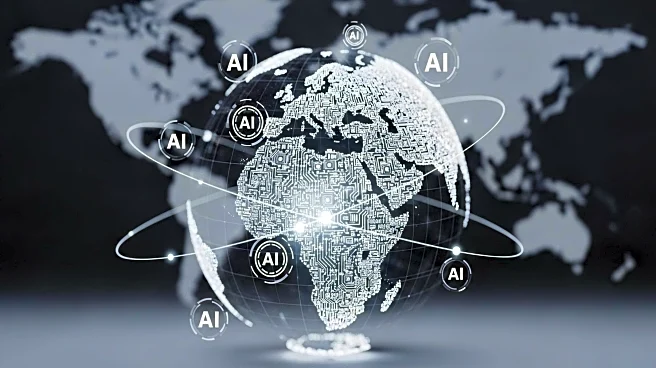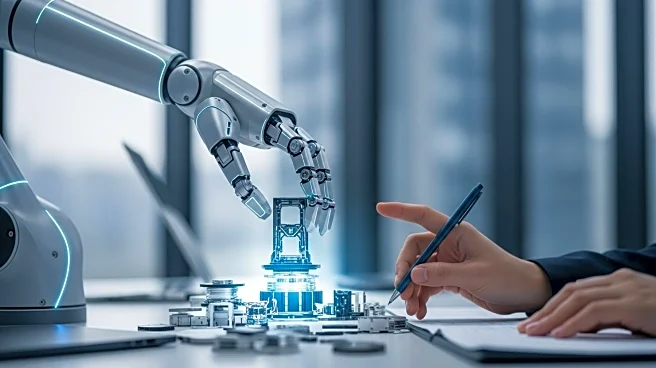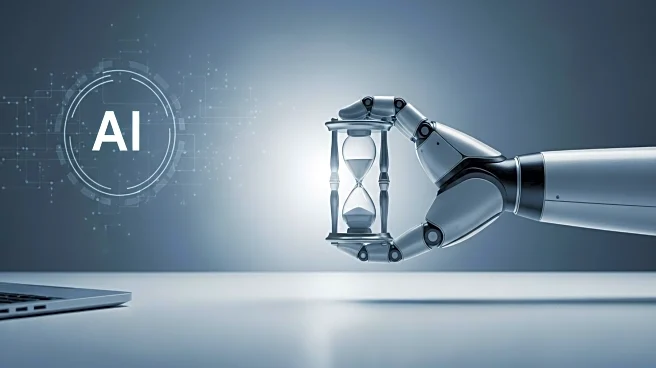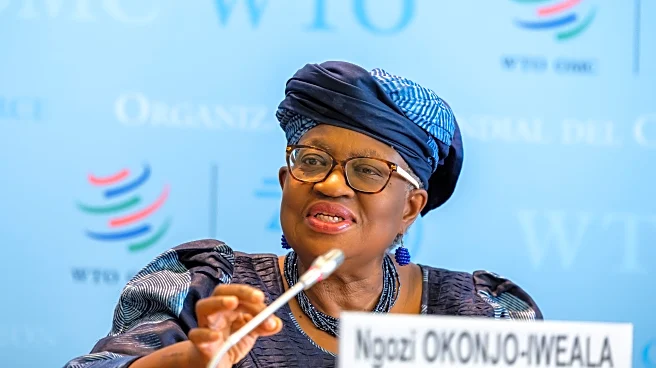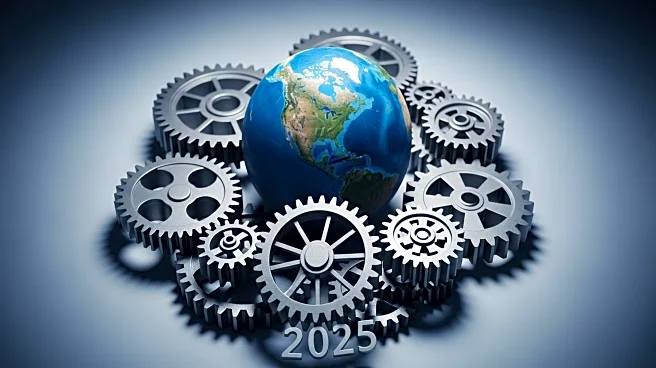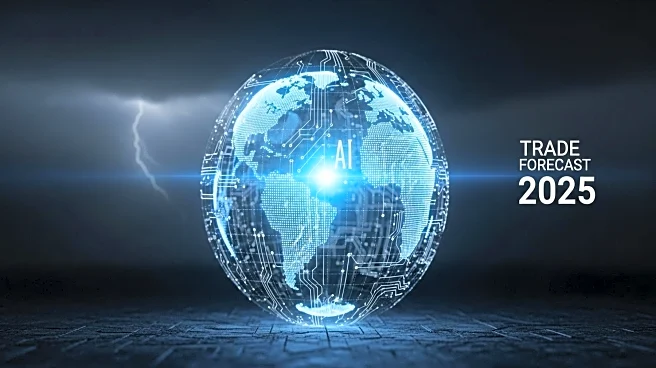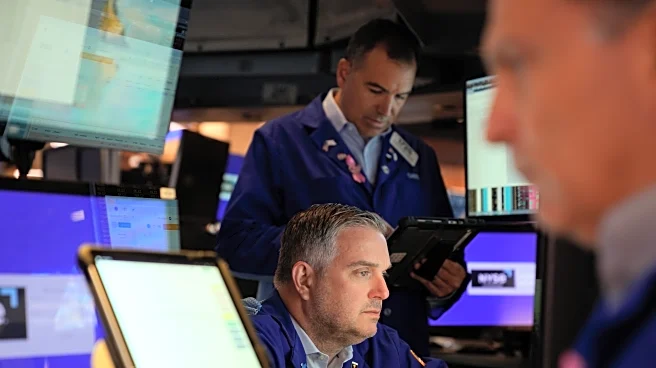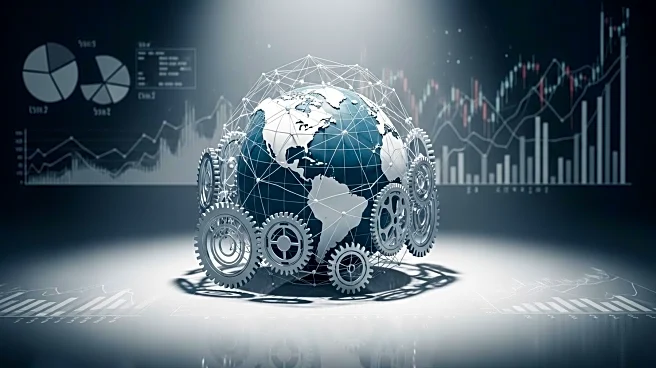What is the story about?
What's Happening?
The World Trade Organization (WTO) has revised its forecast for global trade growth in 2025, increasing it to 2.4% from a previous estimate of 0.9%. This adjustment reflects a robust expansion in global trade volumes, which rose by 4.9% year-on-year in the first half of 2025. Key factors contributing to this growth include the front-loading of imports into the U.S. in anticipation of higher trade tariffs, favorable macroeconomic conditions, and increased demand for artificial intelligence-related goods. However, the outlook for 2026 is less optimistic, with the WTO predicting a slowdown in trade growth to 0.5% due to the full impact of higher tariffs and cooling global economic conditions.
Why It's Important?
The WTO's revised forecast highlights the significant impact of U.S. trade policies on global commerce. President Trump's tariff regime has introduced new challenges for international trade, affecting both allies and competitors. The U.S. remains a major player in AI-related trade growth, accounting for roughly one-fifth of global expansion in this sector. The increased demand for AI-related goods, such as semiconductors and telecommunications equipment, underscores the growing importance of technology in driving trade. However, the potential spread of trade-restrictive measures poses a risk to future growth, emphasizing the need for strategic trade agreements and policy adjustments.
What's Next?
As the global economy faces potential headwinds from trade tariffs and policy uncertainty, stakeholders may need to adapt to changing conditions. Countries might seek new trade agreements to mitigate the impact of tariffs, while businesses could focus on diversifying their markets and investing in AI-related technologies. The WTO's forecast suggests that sustained growth in AI-related goods and services could provide a medium-term boost to global trade, offering opportunities for innovation and expansion in the tech sector.
Beyond the Headlines
The WTO's report highlights the interconnectedness of global trade and technology, with AI-related products driving significant growth. This trend may lead to increased competition among countries to develop and export advanced technologies, potentially reshaping global trade dynamics. Additionally, the emphasis on AI-related goods suggests a shift towards a more digital economy, which could have long-term implications for employment, education, and industry standards.
AI Generated Content
Do you find this article useful?
